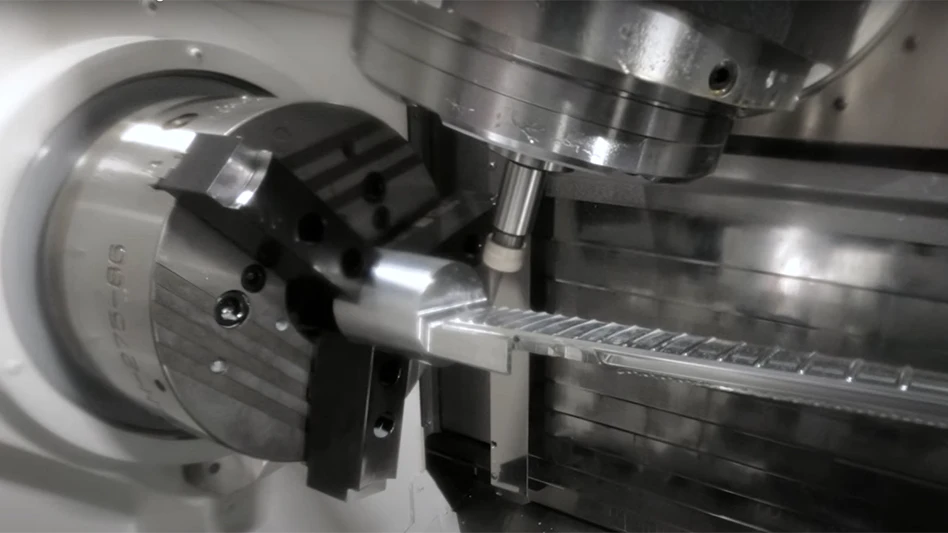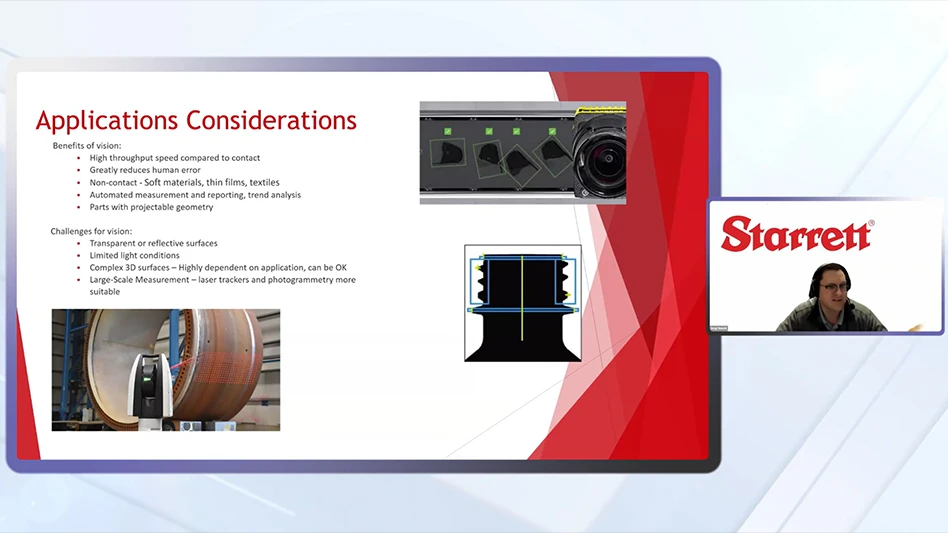Proposed ASTM International guide aims to provide tools that help assess, improve usefulness, usability of exoskeletons and exosuits.
A proposed ASTM International guide aims to provide tools that help assess and ultimately improve the usefulness and usability of exoskeletons and exosuits. The video offers more information on the committee
“Exoskeletons and exosuits can open up a world of possibilities, from helping workers perform industrial tasks while not getting overstressed, to helping stroke victims learning to walk again, to helping soldiers carry heavier rucksacks longer distances,” says Kevin Purcell, an ergonomist at the U.S. Army Public Health Center’s Aberdeen Proving Ground. “But if it doesn't help you perform your task and/or it's hard to use, it won't get used.”
He says that the guide will aim to incorporate ways to understand the attributes of exoskeletons as well as observation methods and questionnaires that will help assess an exoskeleton’s performance and safety.
“The biggest challenge in creating this standard is that exoskeletons change greatly depending on the task the exoskeleton is designed to help,” Purcell says. “For instance, an industrial exoskeleton is a totally different design from one used for medical rehabilitation use. The proposed standard will need to cover all types and industries.”
According to Purcell, the three major sectors currently using exoskeletons are industrial, medical rehabilitation, and defense. Users in these areas will benefit most from the proposed standard, as will exoskeleton manufacturers and regulatory bodies, he adds.
Latest from Today's Medical Developments
- Auxilium Biotechnologies prints medical devices on the International Space Station
- KYOCERA SGS Precision Tools’ APEX Application Expert
- North American robotics market holds steady in 2024 amid sectoral variability
- Evident’s DSX2000 digital microscope
- Ferrocene becomes first Rust toolchain to achieve IEC 62304 qualification
- Germany expects a major decline in production in 2025
- Learn what you need to comply with CMMC requirements
- VersaBuilt’s CNC automation possibilities











